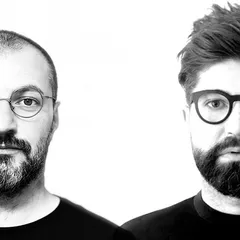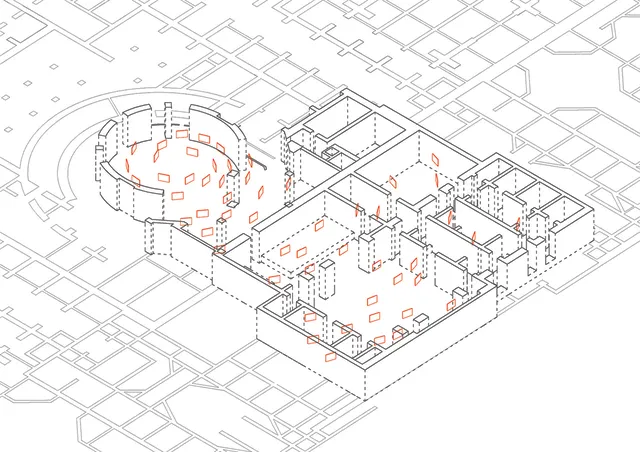
1/10

2/10

3/10

4/10

5/10

6/10

7/10

8/10

9/10

10/10

Author(s) / Team representatives
viceversa
Profession
artist / architect
Co-authors/team members
Laurian Ghinitoiu, Dorin Stefan Adam
External collaborators
Cristian Niculescu, Holger Prang, Adrijan Karavdic, Sergiu Tudoran, Miruna Țogoe, Teo Munteanu, Andra Necula,
Project location
bucharest
Budget in euros
15000
Area
2500
Project start date
August 2020
Project completion date
March 2023
Client
N/A
Builder
Kaustik, Kodex, RomAudioVideo
Website
Photo credits
Laurian Ghinitoiu



